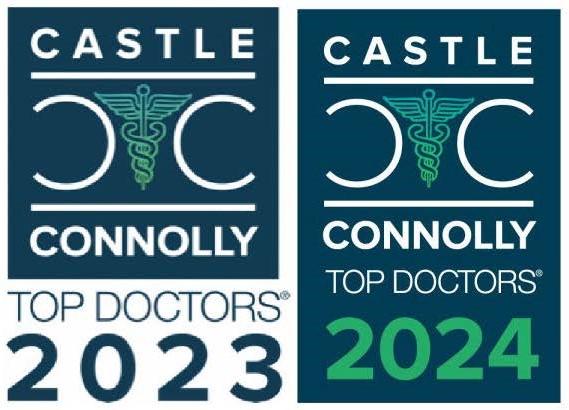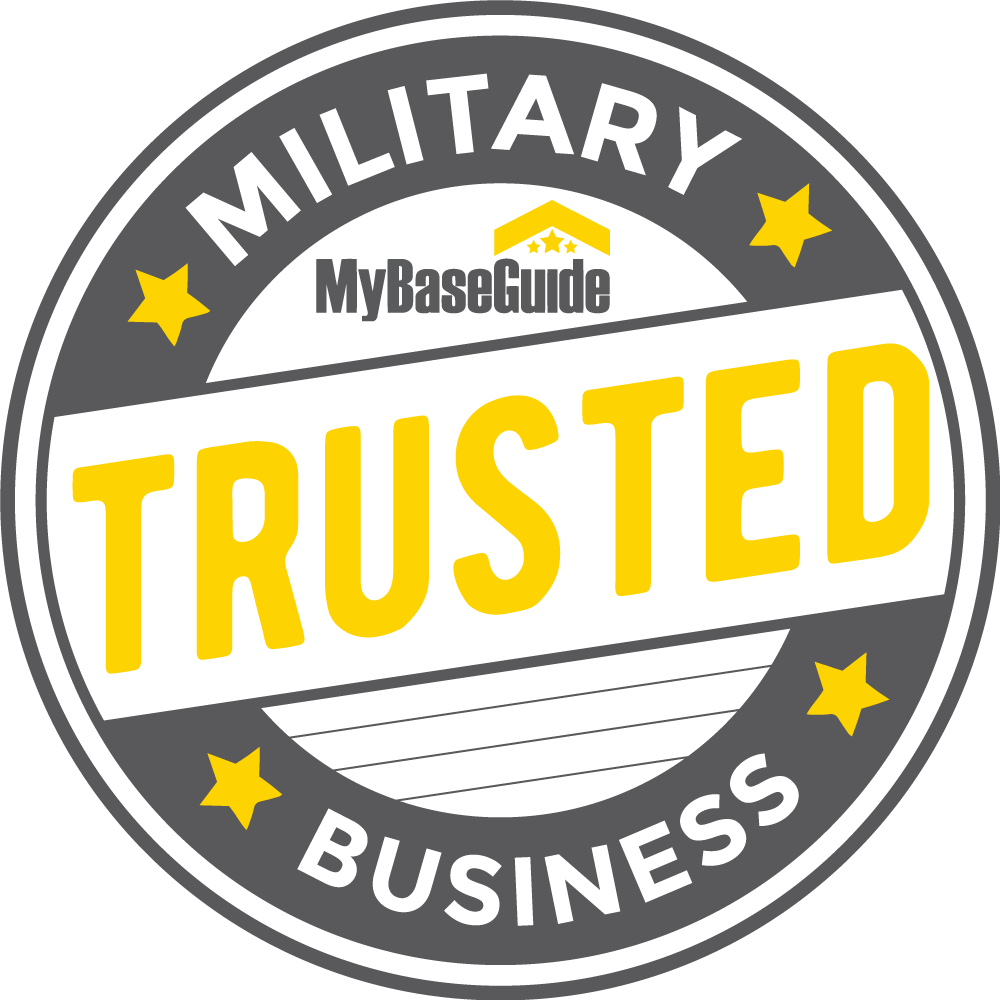
There are few effective treatments available for cocaine use disorder (CUD). However, researchers are studying if brain stimulation like accelerated iTBS is also a possible solution. A study revealed promising results, emphasizing how iTBS could lower cocaine consumption. These findings open new avenues for treating CUD.
What Is Cocaine Use Disorder, and Why Is It So Hard to Treat?
Cocaine Use Disorder (CUD) is a chronic condition that disrupts the brain’s reward system. This leads to compulsive drug-seeking behavior. It develops from repeated cocaine use, impairing the brain’s ability to regulate pleasure and decision-making. Despite harmful consequences, individuals with CUD continue to seek the drug. The Diagnostic and Statistical Manual of Mental Disorders (DSM-5) classifies CUD as a substance use disorder.
The drug triggers a significant release of dopamine, a neurotransmitter associated with pleasure and reward. Eventually, the brain becomes dependent on this unnatural surge. Users will then chase the euphoric feeling, even as they build a tolerance. This leads to increased consumption and greater dependency.
Why is CUD so difficult to treat?
Treating cocaine use disorder (CUD) presents significant challenges, and the reasons are many.
- Cravings and relapse: Cocaine causes powerful cravings that are hard to resist. Even after quitting, there’s a chance that familiar places or situations can trigger these urges. Relapse becomes a constant risk.
- Neurochemical changes: Long-term cocaine use rewires the brain. It disrupts dopamine pathways. They will have difficulty feeling joy or satisfaction without the drug.
- Psychological factors: Many people with CUD also face mental health issues such as depression, anxiety, or trauma. This makes treatment more difficult.
- Limited treatment options: Currently, there are no FDA-approved medications for treating CUD. Most treatments rely on behavioral therapies. However, these may not fully address the brain changes caused by cocaine use.
How Does Transcranial Magnetic Stimulation (TMS) Work?
Transcranial Magnetic Stimulation (TMS) is a non-invasive brain therapy. It’s FDA-approved for treating depression and has gained attention for neuropsychiatric conditions.
The science behind TMS
TMS delivers magnetic pulses to specific areas of the brain, like the dorsolateral prefrontal cortex (dlPFC). This area controls decision-making, impulse control, and emotion regulation. TMS helps restore normal brain function by adjusting neural activity.
When applied to individuals with addiction, TMS aims to disrupt the neural circuits that drive craving and compulsive behaviors. For instance, in people with CUD, the reward pathways in the brain are overactive. TMS can potentially “reset” these pathways, reducing cravings and improving self-control.
Why is TMS promising for addiction treatment?
- Targeted stimulation: TMS targets areas of the brain involved in addiction. It is a focused treatment that does not affect other parts of the brain.
- Non-invasive: Meaning, TMS doesn’t require surgery or medication. The procedure is simple, relatively painless, and has minimal side effects (mainly mild headaches).
- Evidence of efficacy: Studies have shown that TMS can reduce cravings and help prevent relapse in people with substance use disorders. Including those struggling with nicotine and alcohol addiction. Emerging research suggests it may also be useful in treating CUD.
What Makes Intermittent Theta-Burst Stimulation (iTBS) Different?
Meanwhile, Intermittent Theta-Burst Stimulation (iTBS) is an advanced type of TMS. It uses bursts of high-frequency magnetic pulses. The goal is to mimic the brain’s natural rhythms involved in memory and learning.
Key differences between iTBS and traditional TMS:
- Faster treatment sessions: Traditional TMS sessions can last up to 40 minutes. But iTBS delivers the same therapeutic effect in just 3 to 10 minutes. It is the perfect option for patients looking for convenience.
- Theta rhythms: iTBS mimics natural brain theta oscillations. These are tied to learning and neuroplasticity. Neuroplasticity allows the brain to reorganize. It may help reduce cravings and compulsive behaviors.
- Similar efficacy, faster results: Research shows iTBS works as well as traditional TMS for depression. It may be better for treating addiction. iTBS helps regulate brain rhythms. These rhythms are disrupted in substance use disorders. This makes it promising for addiction treatment.
Why consider iTBS for treating Cocaine Use Disorder?
- Convenience and tolerability: The shorter session times make iTBS a more appealing option for individuals who may struggle with frequent clinic visits.
- Potential to address multiple addictions: One of the best things about iTBS is its potential to modulate brain circuits involved in various types of addiction. This could make it useful for cocaine use disorder and other substance use disorders, such as Alcohol Use Disorder, Cannabis Use Disorder, and Nicotine Use Disorder.
- Restoring brain function: iTBS helps recalibrate the brain’s reward pathways, which are often disrupted in people with CUD. It targets the prefrontal cortex and helps improve decision-making, reduce impulsive behaviors, and promote long-term recovery.
What Did the Recent Study on iTBS and Cocaine Use Disorder Discover?
A recent proof-of-concept study explored using Intermittent Theta-Burst Stimulation (iTBS) as a potential treatment for Cocaine Use Disorder (CUD). The research focused on assessing the safety and effectiveness of iTBS in individuals actively using cocaine. This group presents unique challenges for treatment.
Key Findings
Safety and Tolerability
The primary goal of the study was to determine whether iTBS could be safely administered to actively cocaine-using participants. The researchers conducted 335 sessions of iTBS on 19 participants over a two-week period. Most participants (73%) tested positive for cocaine at the time of treatment.
Out of these 19 participants, 14 completed the study. Nine received at least 26 out of the 30 scheduled iTBS sessions. The study found that iTBS was generally well-tolerated. Participants experienced only mild side effects, such as occasional headaches, with one exception.
A single participant experienced a transient neurological event on day 9 of the treatment and later developed cocaine-induced psychosis two weeks after completing the trial. Despite this, the researchers concluded that iTBS was safe for this specific population.
Reduction in Cocaine Use
Secondary goal of the study was to assess the potential efficacy of iTBS in reducing cocaine use. The findings were promising. Among those who completed the treatment, participants reported a 78% reduction in their weekly cocaine consumption in terms of dollars spent.
Additionally, the number of days participants used cocaine dropped by 70%. These reductions were sustained through a four-week follow-up period. It suggests that iTBS might be an effective tool for reducing cocaine consumption.
Impact on Other Substances
Interestingly, the study also found that participants reduced their use of other substances, including nicotine, alcohol, and THC (the psychoactive component in cannabis).
iTBS may influence neural circuits shared across different types of addiction. A sign that this tool can be a help for treating multiple addictions at once. Its ability to target common pathways could offer broader treatment benefits.
Challenges and Considerations
Though the results are promising, the study also has limitations. Only 14 participants completed the full treatment course, meaning the sample size is small. Since the group wasn’t actively seeking treatment, the findings might not apply to those seeking help.
Additionally, one participant developed psychosis during the study. This raises concerns about the potential long-term effects of iTBS. More research is needed, especially in individuals actively using cocaine.
Why Trust the TMS Institute of Arizona for Substance Addiction Treatment?
The TMS Institute of Arizona is a trusted leader in treating Substance Addiction ranging from Alcohol Use Disorder, Cannabis Use Disorder, Nicotine Use Disorder to Cocaine Use Disorder (CUD) with innovative, non-invasive therapies. We use Transcranial Magnetic Stimulation (TMS) to target brain circuits impacted by addiction. Our team specializes in advanced forms of TMS, like Intermittent Theta-Burst Stimulation (iTBS).
Expertise and Experience You Can Rely On
The TMS Institute of Arizona has a team of specialists with years of experience treating complex addiction and mental health cases. Our staff is trained in the latest TMS techniques. We know the challenges of overcoming addiction. So, our focus is on giving you the best possible chance at lasting success.
Proven, Research-Backed Treatment
Our treatments are evidence-backed, giving you confidence in care rooted in proven methods. From reducing cravings to addressing co-occurring substance use, our approach is scientifically sound. We prioritize clinical expertise and research in every step. Whether it’s CUD, alcohol, cannabis, or nicotine addiction, your treatment is grounded in rigor and experience.
Holistic and Patient-Centered Care
We believe in treating the whole person, not just the addiction. We take a holistic approach, addressing your mental, emotional, and physical health. Our supportive environment fosters trust and comfort. You’ll feel safe and cared for during your recovery.
Your Recovery is Our Priority
You’re not just a client with us—you’re part of a supportive community. A community dedicated to healing and recovery.
References
Steele, V. R., Maxwell, A. M., Ross, T. J., Stein, E. A., & Betty Jo Salmeron. (2019). Accelerated Intermittent Theta-Burst Stimulation as a Treatment for Cocaine Use Disorder: A Proof-of-Concept Study. Frontiers in Neuroscience, 13. https://doi.org/10.3389/fnins.2019.01147
Caution: The information from this study above is for educational use and not for direct medical guidance.













